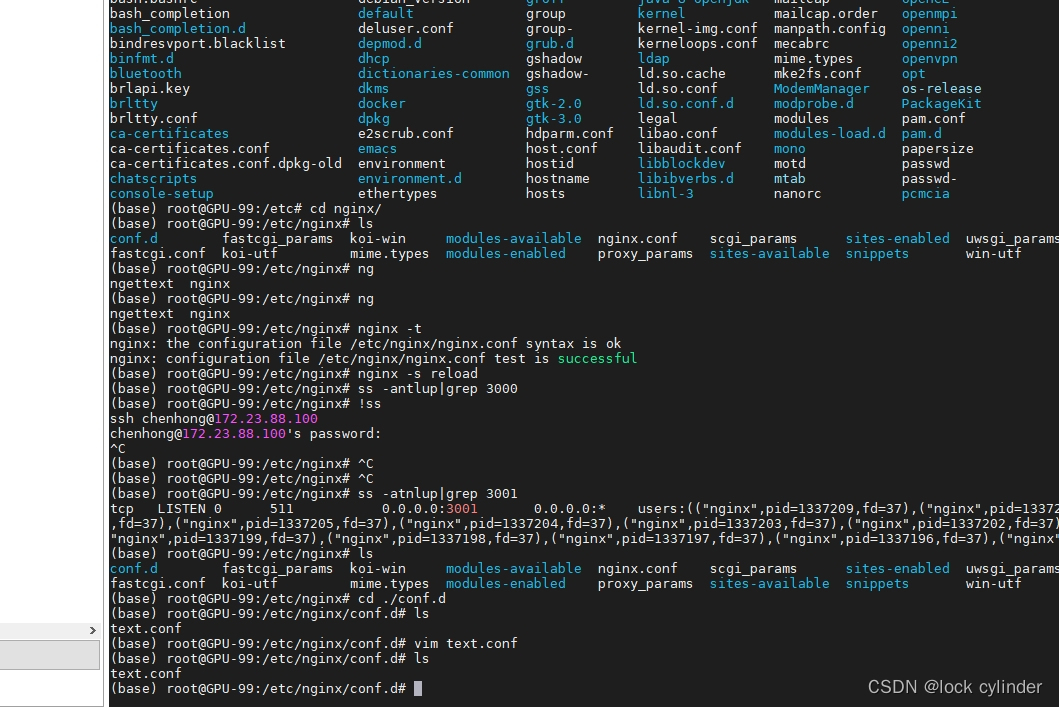汇总区间
-
给定一个 无重复元素 的 有序 整数数组 nums 。
-
返回 恰好覆盖数组中所有数字 的 最小有序 区间范围列表 。也就是说,nums 的每个元素都恰好被某个区间范围所覆盖,并且不存在属于某个范围但不属于 nums 的数字 x 。
-
列表中的每个区间范围 [a,b] 应该按如下格式输出:
-
"a->b" ,如果 a != b
-
"a" ,如果 a == b
示例 1:
输入:nums = [0,1,2,4,5,7]
输出:[“0->2”,“4->5”,“7”]
解释:区间范围是:
[0,2] --> “0->2”
[4,5] --> “4->5”
[7,7] --> “7”
解题思路
- 遍历数组时,识别连续的数字段,将其作为一个区间,并将区间转换为所需的字符串格式。
Java实现
public class SummaryRanges { public ListsummaryRanges(int[] nums) { List ranges = new ArrayList<>(); int n = nums.length; if (n == 0) { return ranges; } int start = nums[0]; int end = nums[0]; for (int i = 1; i < n; i++) { if (nums[i] == end + 1) { end = nums[i]; } else { //判断是否是单个数字不连续 if (start == end) { ranges.add(String.valueOf(start)); } else { //否则,是多个数字 后续不再连续 ranges.add(start + "->" + end); } start = nums[i]; end = nums[i]; } } //最后范围只做了赋值操作,并没有做添加操作,添加最后范围 if (start == end) { ranges.add(String.valueOf(start)); } else { ranges.add(start + "->" + end); } return ranges; } public static void main(String[] args) { SummaryRanges sr = new SummaryRanges(); int[] nums1 = {0, 1, 2, 4, 5, 7}; int[] nums2 = {0, 2, 3, 4, 6, 8, 9}; System.out.println(sr.summaryRanges(nums1)); // 输出: ["0->2", "4->5", "7"] System.out.println(sr.summaryRanges(nums2)); // 输出: ["0", "2->4", "6", "8->9"] } } 时间空间复杂度
- 时间复杂度: O(n),其中 n 是数组 nums 的长度。只需要遍历一次数组,因此时间复杂度是线性的。
- 空间复杂度: O(1)到O(n),除了用于存储结果的列表 ranges 最差为O(n/2),即(1、3、5、7、、、)最好为O(1),即(1、2、3、4、、、)
- 遍历数组时,识别连续的数字段,将其作为一个区间,并将区间转换为所需的字符串格式。



![[工业自动化-1]:PLC架构与工作原理](https://img-blog.csdnimg.cn/ce10a1471ed14382bc58364cf8bd5209.png)





还没有评论,来说两句吧...